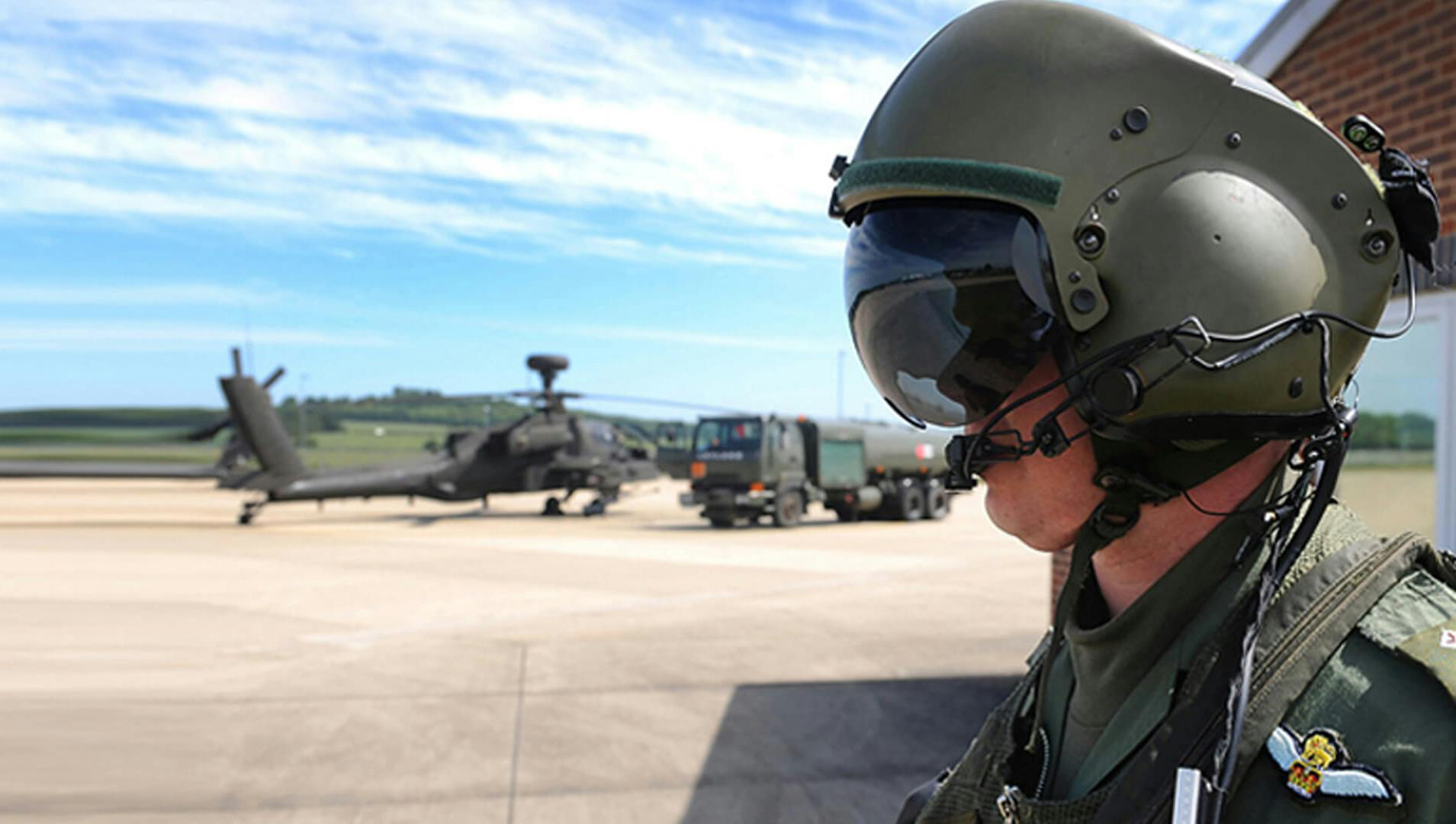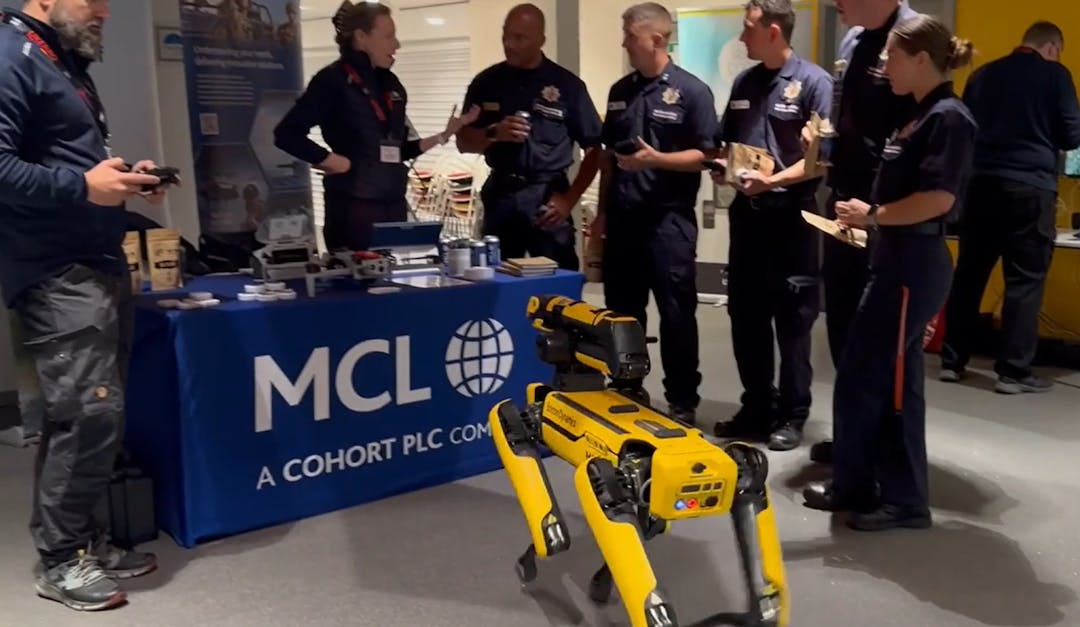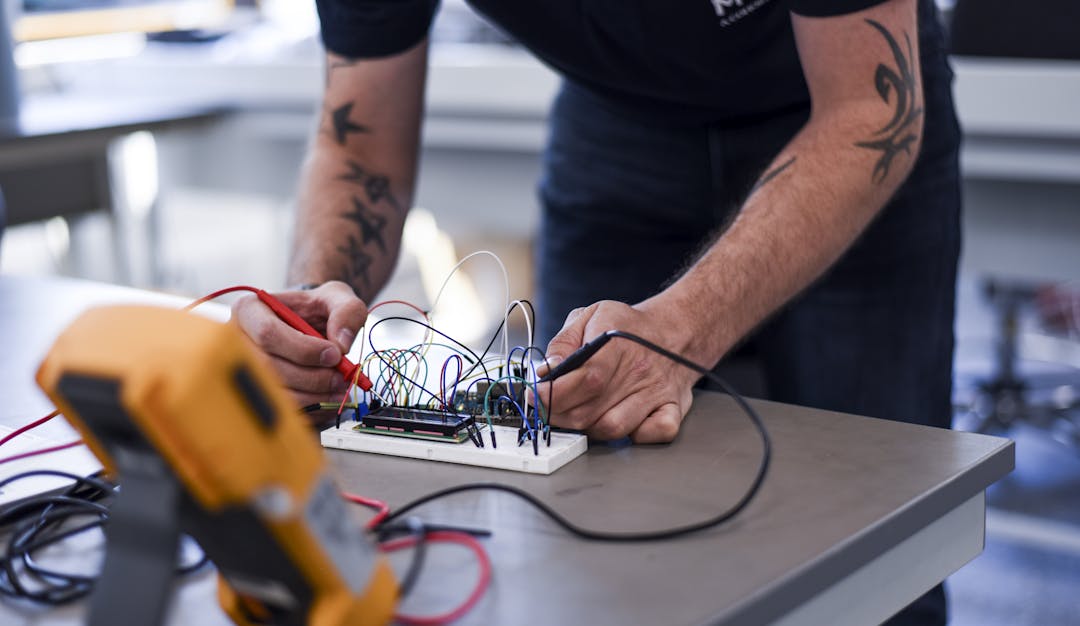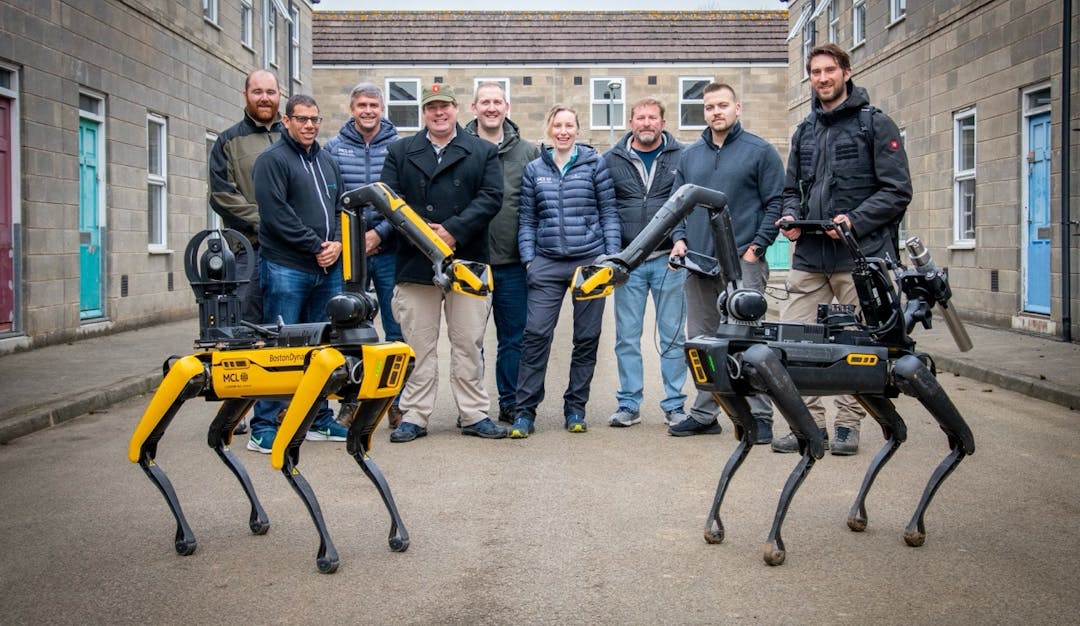MOD puts focus on introducing latest hearing protection technology
17 January 2018

Marlborough communications limited business development manager Claire King looks at the latest developments in hearing protection technology and how they are benefiting personnel across all three services.
OVER THE PAST FEW YEARS, hundreds of military personnel have been ruled out of frontline duties by damage to their hearing.
It has been a costly price to pay for the British Army, both in terms of losing highly trained soldiers and the potential financial liabilities that have resulted. Indeed, it has been estimated that over six per cent of British infantry soldiers are now suffering from damage to their hearing.
Such damage encompasses all preventable hearing disorders that can result from exposure to both instantaneous ‘peak’ and cumulative longer-term noise dosage. Testing the suitability of hearing protection against the noise generated by light weapons revealed a capability gap. The problem reached a peak in Operation HERRICK and in 2009 the Surgeon General outlined the severity of this issue and the need for urgent action.
The Control of Noise At Work Regulations (CNAWR) also legally obligate the Ministry of Defence to minimise the risk to military personnel who are exposed to damaging levels of noise. Indeed, JSP 375 Leaflet 64 states that the “CNAWR apply in full throughout the MOD to all workplaces” and some of the old systems employed by the MOD were not able to attenuate the noise to a level which conformed to legislative requirements.
In addition to hearing protection and clear communications, full situational awareness (SA) with the ability to communicate and hear one’s surroundings at all times is critical, particularly in combat situations. Soldiers need to maintain natural hearing and still have protection from potentially damaging impulse noises, such as gunshots or explosions, as well as continuous noise from vehicles and aircraft as discussed above.
As a result, the MOD has responded with new technologies that promise both to alleviate the problem and increase the effectiveness of military personnel in combat conditions.
Cohort Plc subsidiary Marlborough Communications Limited (MCL) has secured five hearing protection contracts from the MOD in the last two years, including Tactical Hearing Protection Systems for the Basic User (THPS BU), Tactical Hearing Protection Systems for the Dismounted Close Combat User (THPS DCCU), Communications Ancillaries and Hearing Protection for specialist users, and Hearing Protection for Pilots and Aircrew. To date these contracts total nearly £30 million.
Over 20,000 S10 THPS DCCU, developed in conjunction with Danish-based INVISIO Communications A/S, have been fielded to personnel across all three Services. The system is an in-ear hearing protection and communication system for use on a single radio and consists of the X5 Bone Conduction Hearing Protection Headset and the inline control unit housing the electronics for the SA and impulse noise protection.
Traditional hearing protection was of two types: ear plugs and ear muffs. These two solutions provided adequate protection for non-operational scenarios such as training. More recently, military personnel requiring ear protection for non-combat use have been supplied with a universal fi t, unpowered level dependent earplug known as Tactical In-ear Protection Plugs (TIPPS).
As hearing loss can result from both instantaneous ‘peak’ and cumulative longer-term dose exposure to noise, the operational concept of the THPS capabilities was for a soldier to employ it throughout operational activities, including all forms of training, with minimal requirement to perform any interaction with the THPS system.
The system uses advanced digital signal processing, miniaturised audio components and an ergonomic headset design to provide the most natural hearing possible – even in extreme conditions. The S10 positions the hear-thru microphone within the external contours of the outer ear, utilising the outer ear capability of detecting origin of the sound and providing full 360 degree situational awareness. Advanced miniaturised speakers and microphones reproduce the sound naturally. Digital signal processing not only improves SA quality by compensating for the inherent loss of ear canal resonance, but also protects the user with instantaneous compression of audio signals exceeding a dangerous threshold.
The S10 system is lightweight, rugged and intuitive and is worn next to the Personal Role Radio. It is designed to be a ‘fit and forget’ design ensuring the soldier has no need to adjust once fitted.
Utilising a different system, RAF pilots and air crew have also benefited from the latest hearing protection technology with an In Ear Communications Device (IECD). This is customised with a moulding service that ensures all personnel are equipped with a capability unique to their requirements, both personally to ensure maximum comfort and technically based on the attenuation requirements of the platforms on which they operate now and in the future.
The solution is already proven in-service with the RAF and the Royal Danish Air Force and incorporates venting for rapid in-flight altitude changes without discomfort and a unique acoustic filter. The filter attenuates noise without blocking the ear completely, providing aircrew with the ideal balance of hearing protection and SA, while the earpieces are manufactured using a unique grade of silicone refi ned through trials and proven by pilots and aircrew to provide maximum comfort in the ear over prolonged periods.
The last few years have brought into sharp focus the problems of hearing loss and tinnitus that military personnel face in their everyday working lives as well as the extreme conditions of combat. It has also shown that there is no ‘one size fits all’ solution, and different equipment and technologies are needed for different users in different environments and on different operations.
Having recognised the problem, the UK Armed Forces are at the forefront of ensuring that their personnel are adequately protected, while suppliers are already focusing on the next stage in hearing protection. The technologies being used by the UK are now also attracting interest from overseas and MOD suppliers are working on multiple contracts globally for the supply of hearing protection and crystal-clear communication in high noise environments.
Bespoke hearing protection is now essential equipment for all military personnel. Equipping them with comprehensive hearing protection may demand a signifi cant investment but it represents a fraction of the cost that has been incurred in compensation and loss of operational capability.


